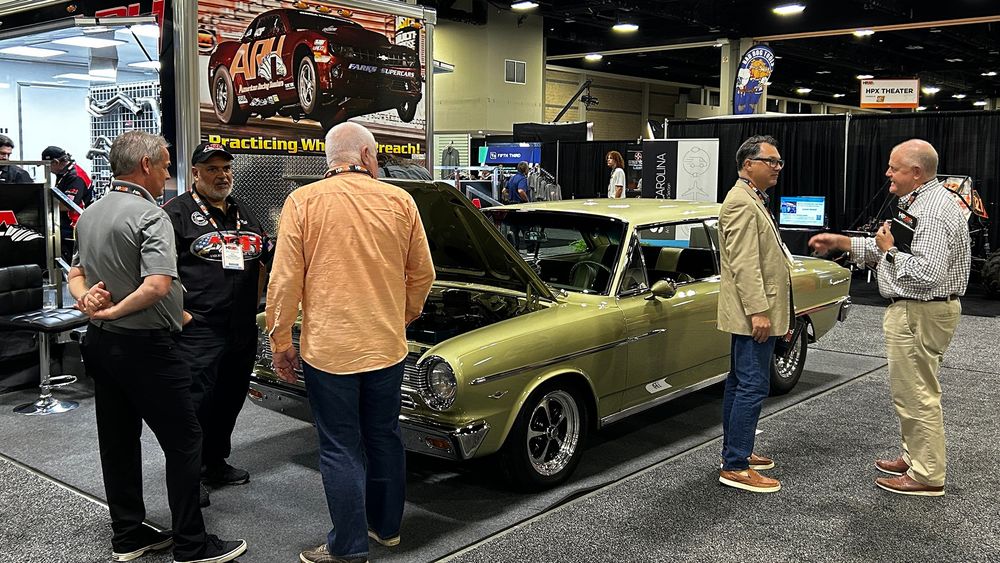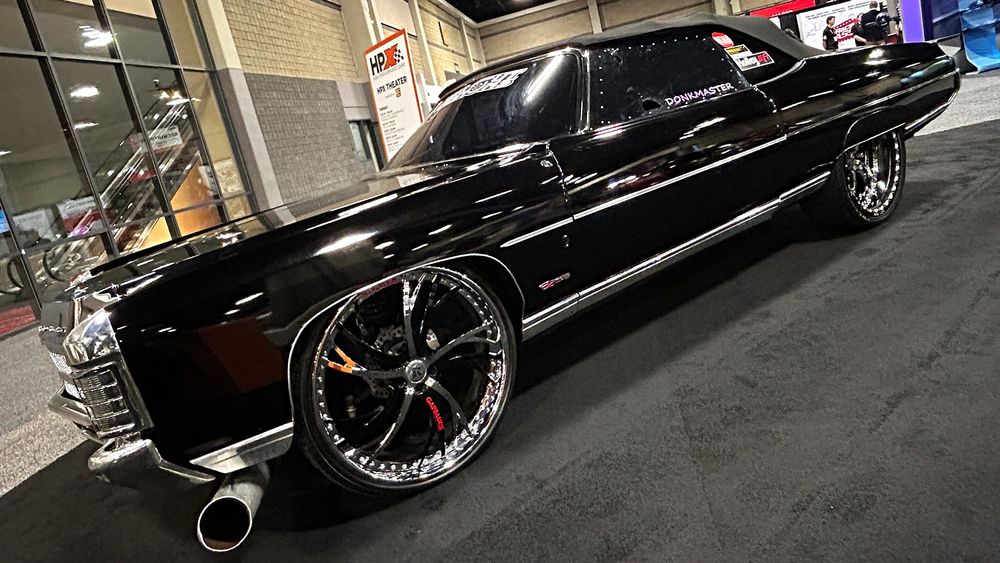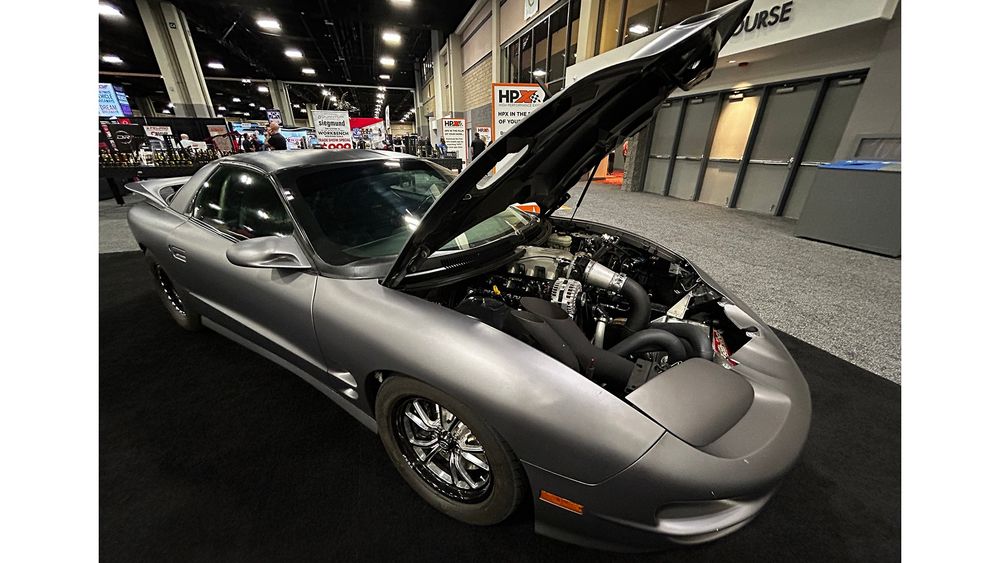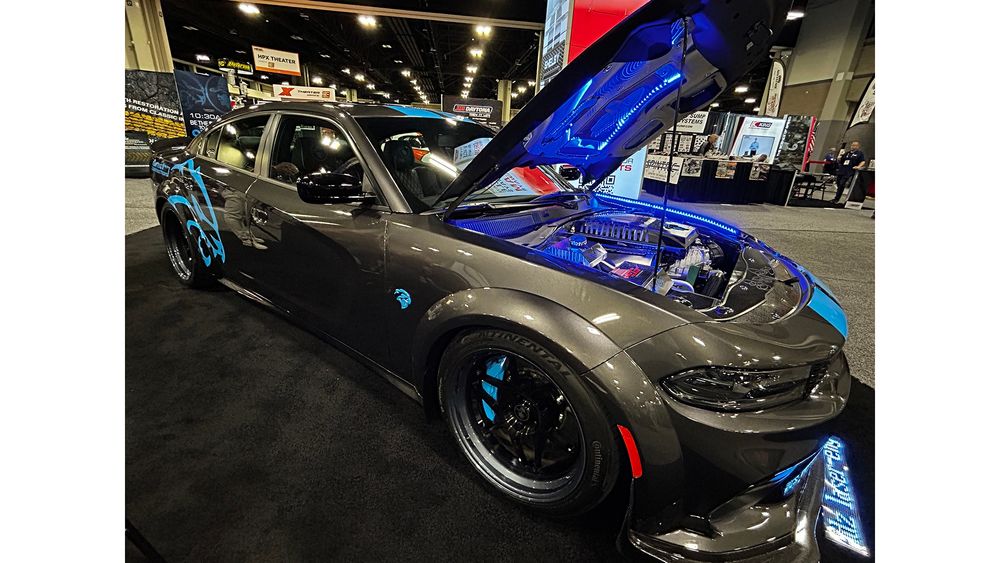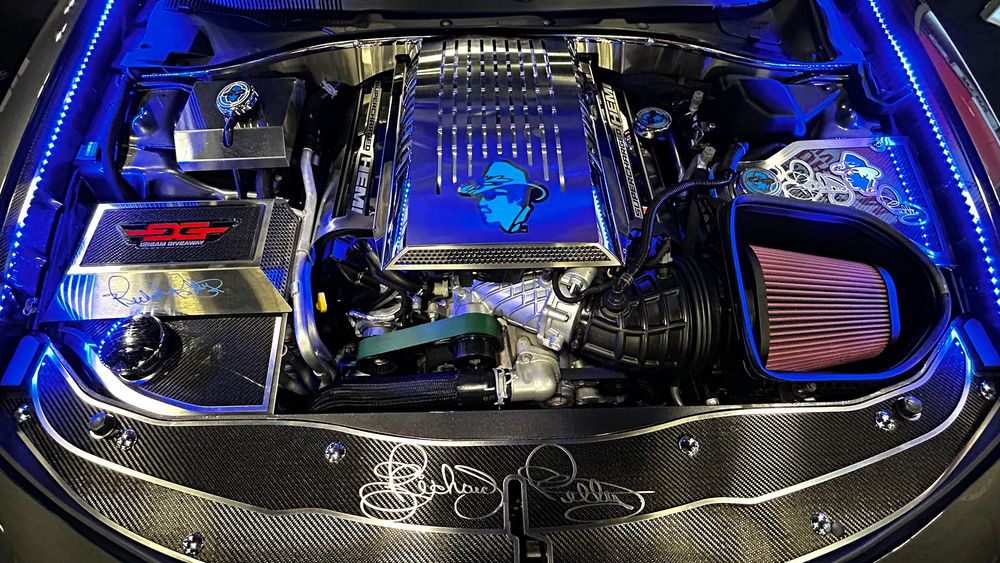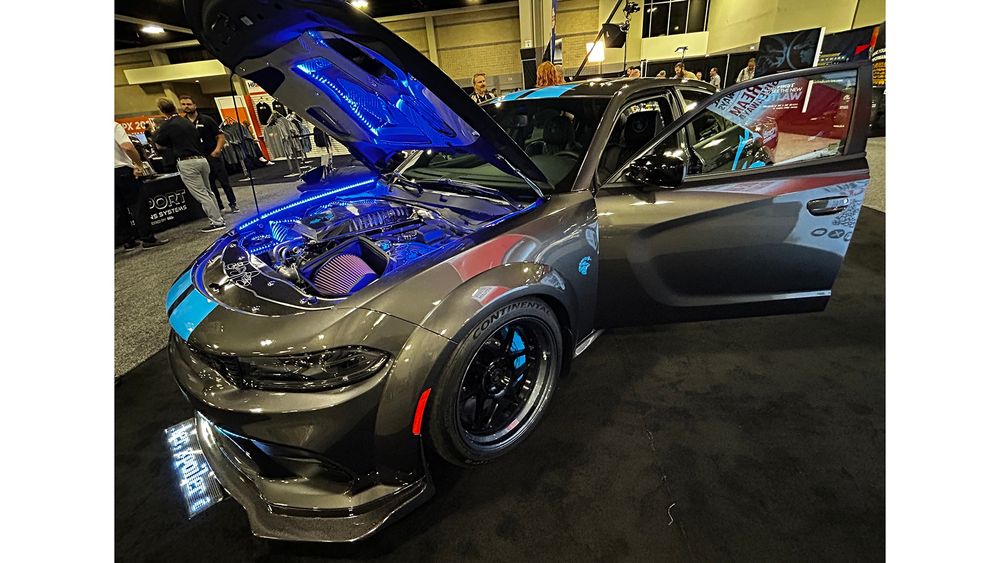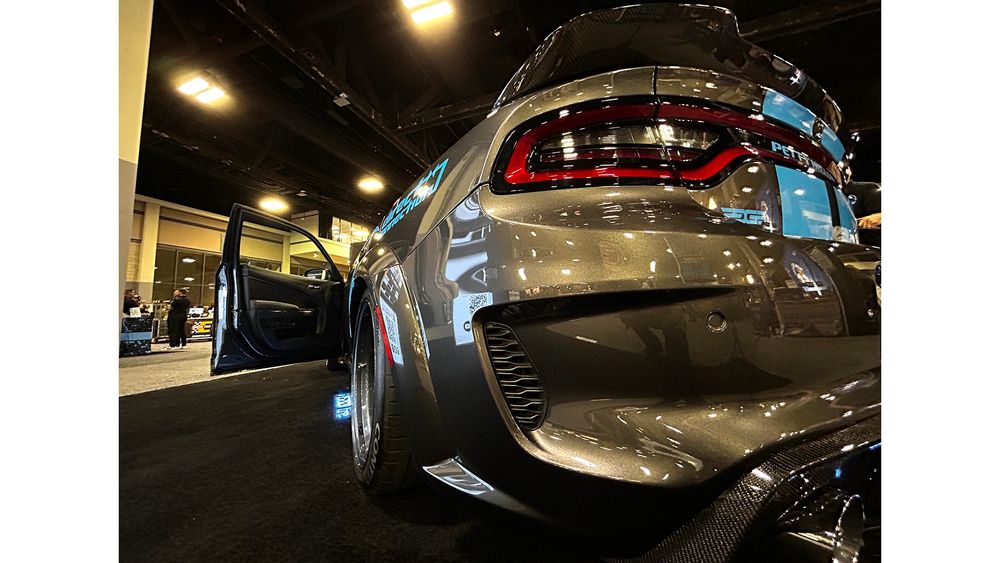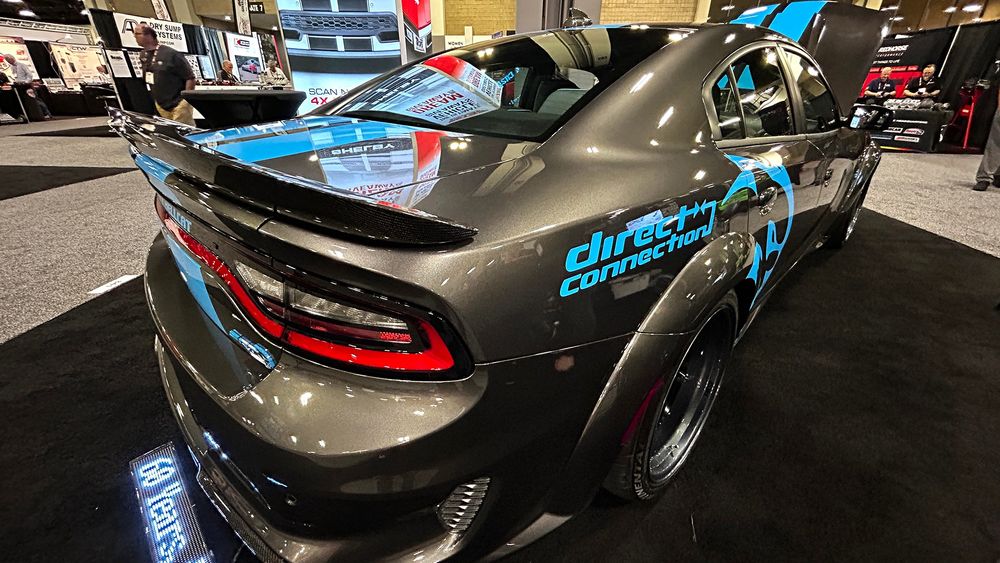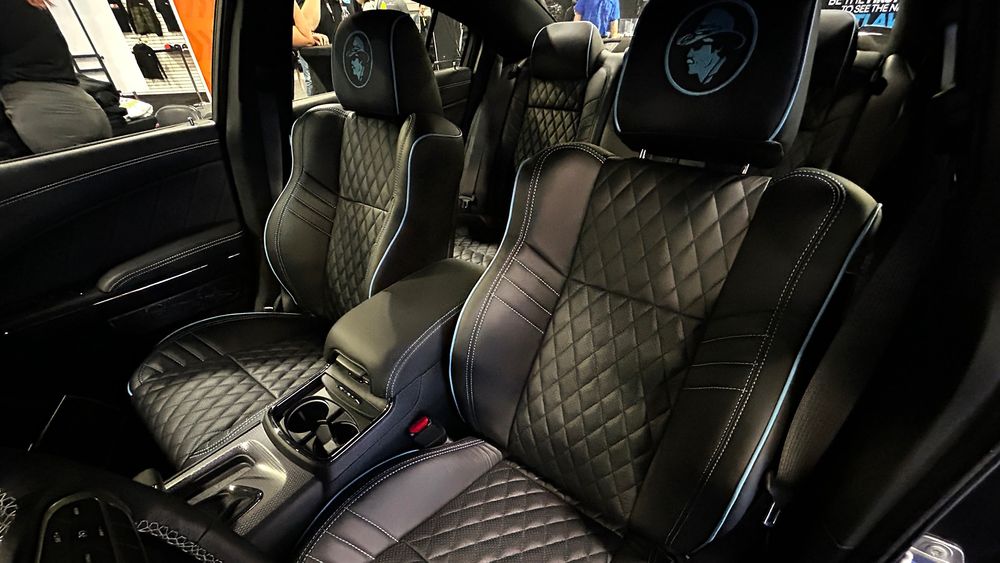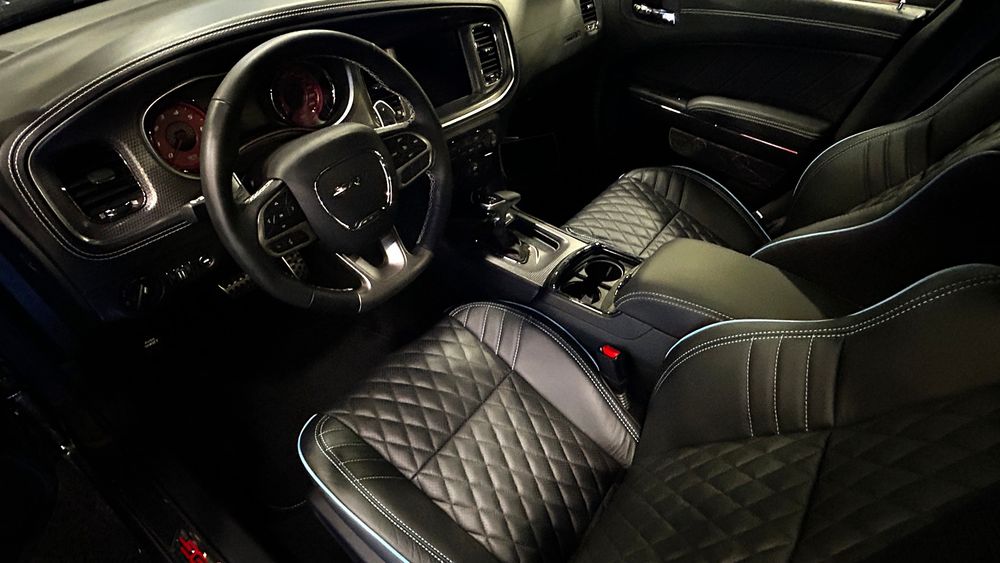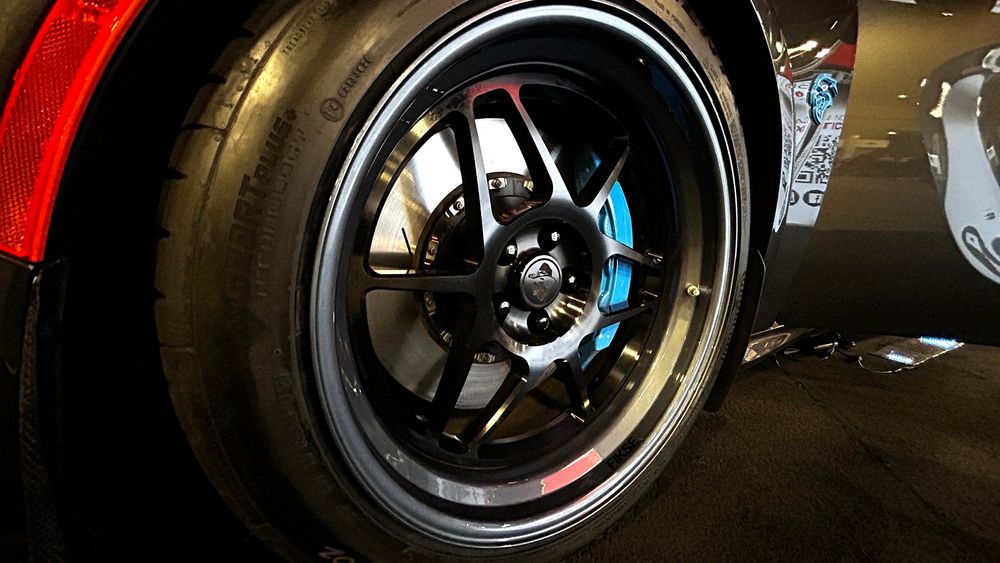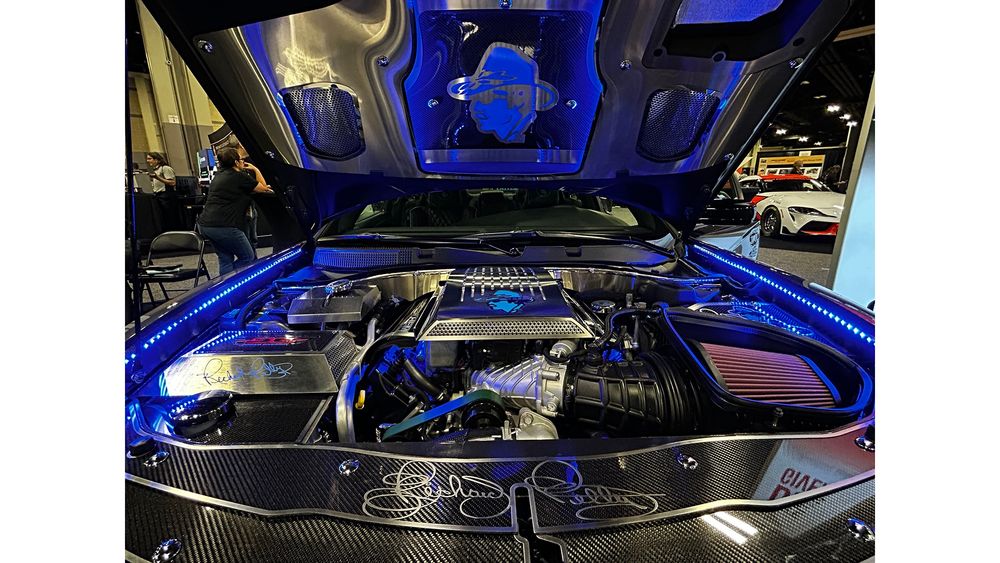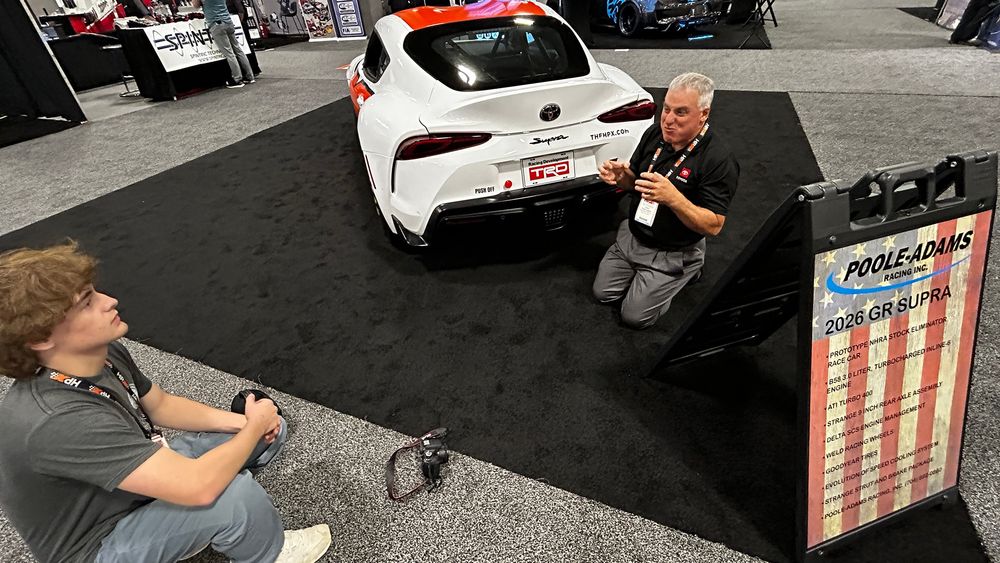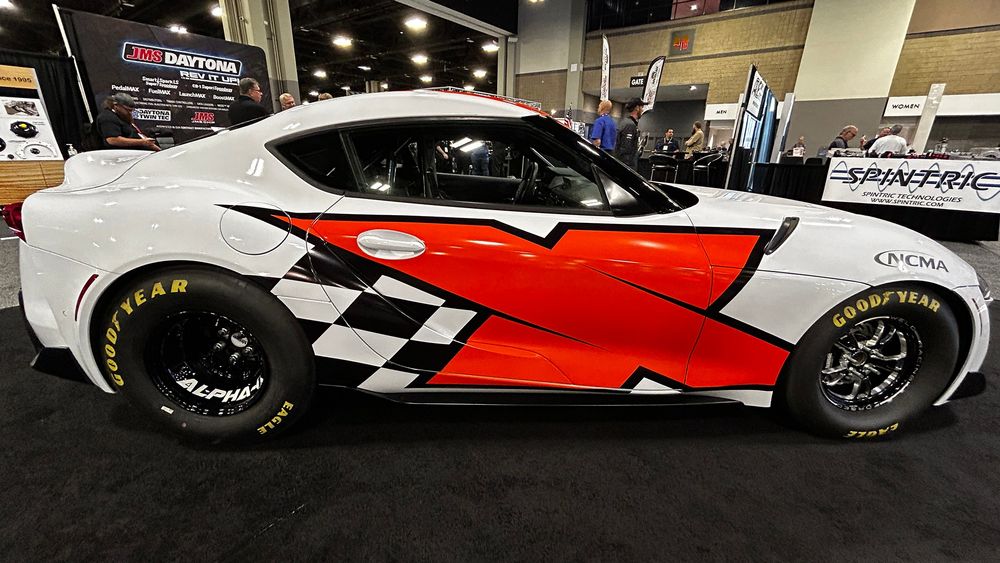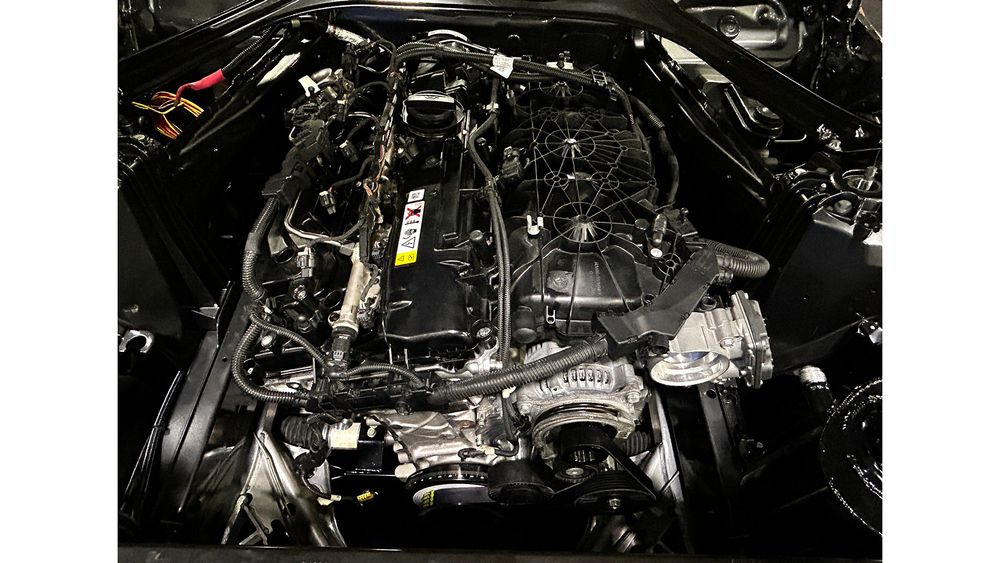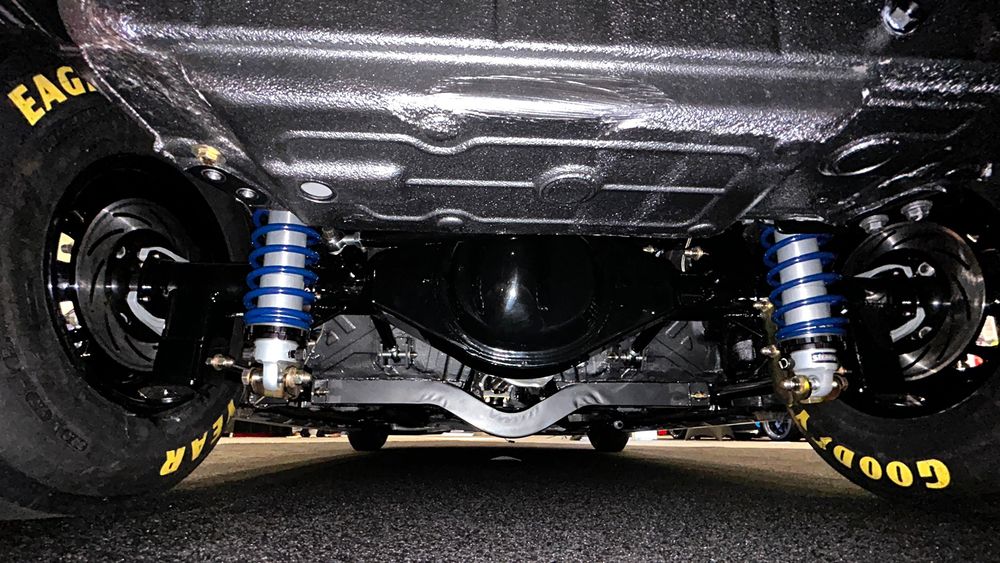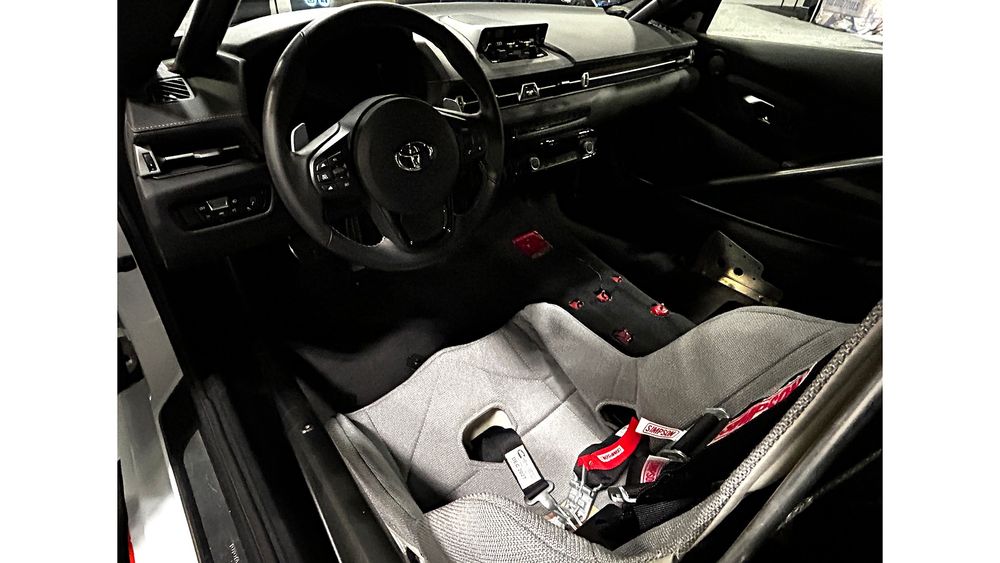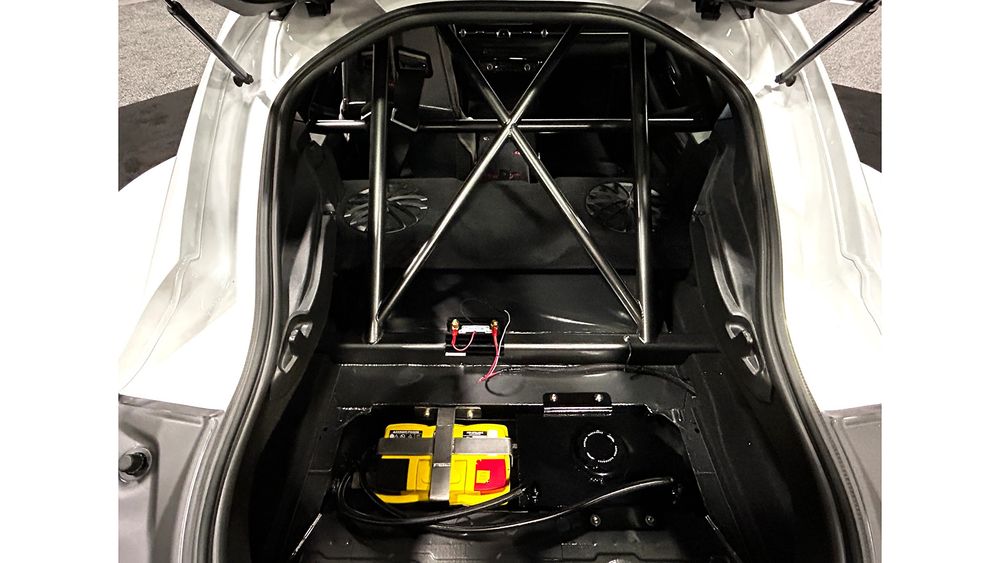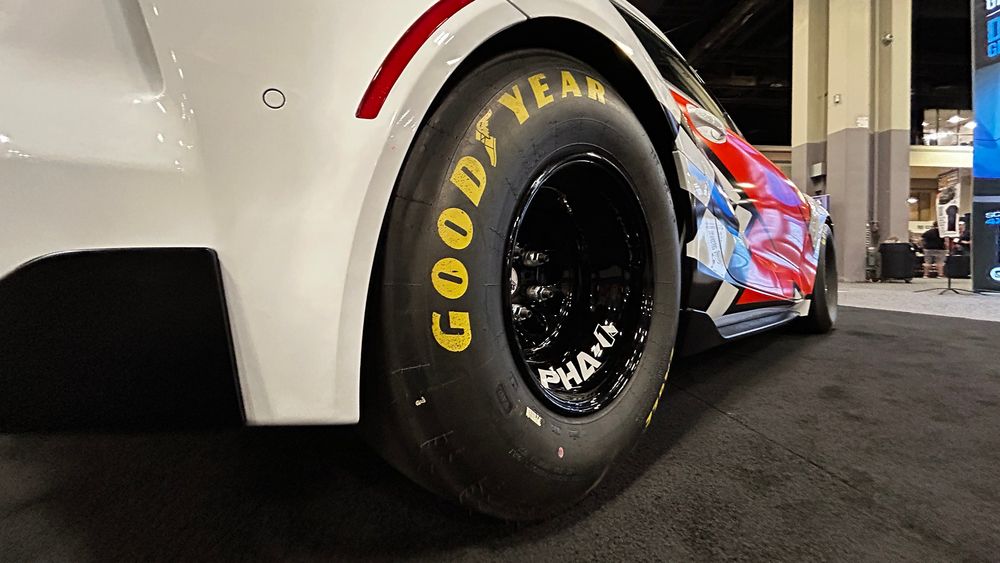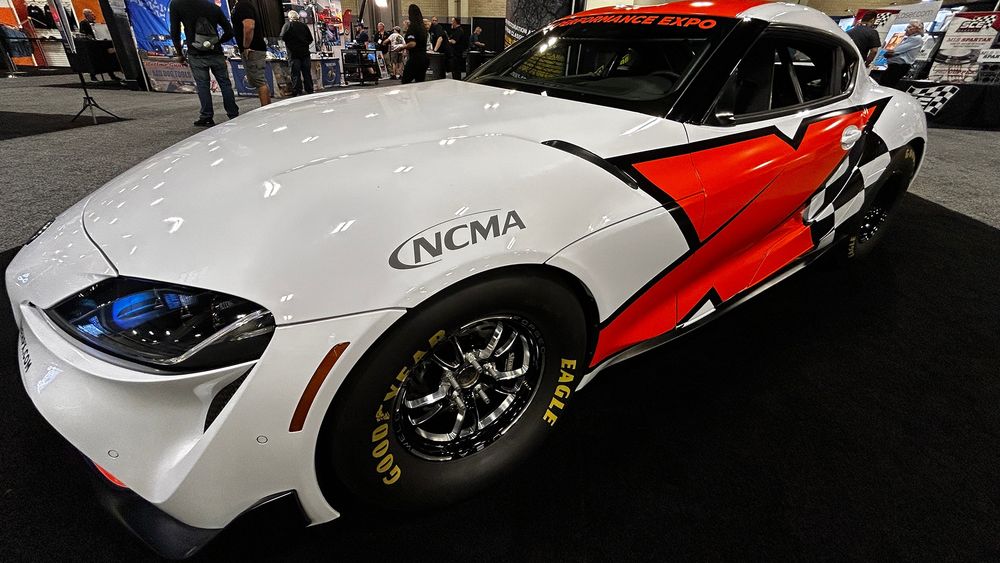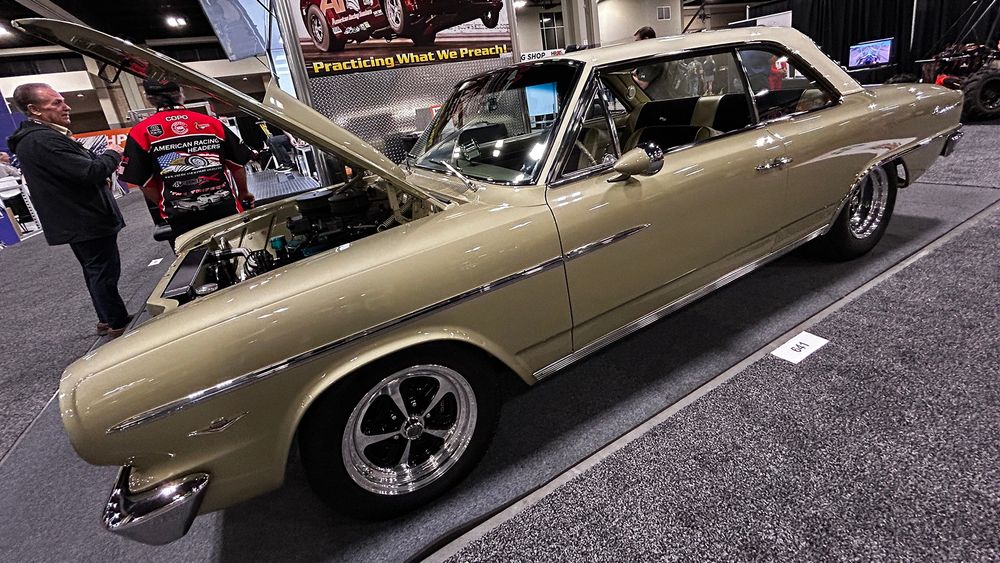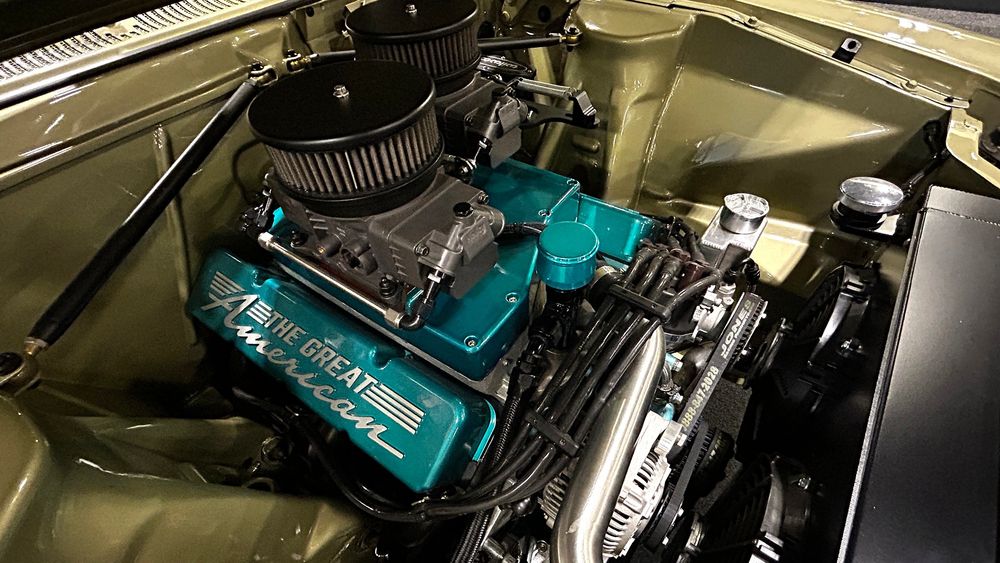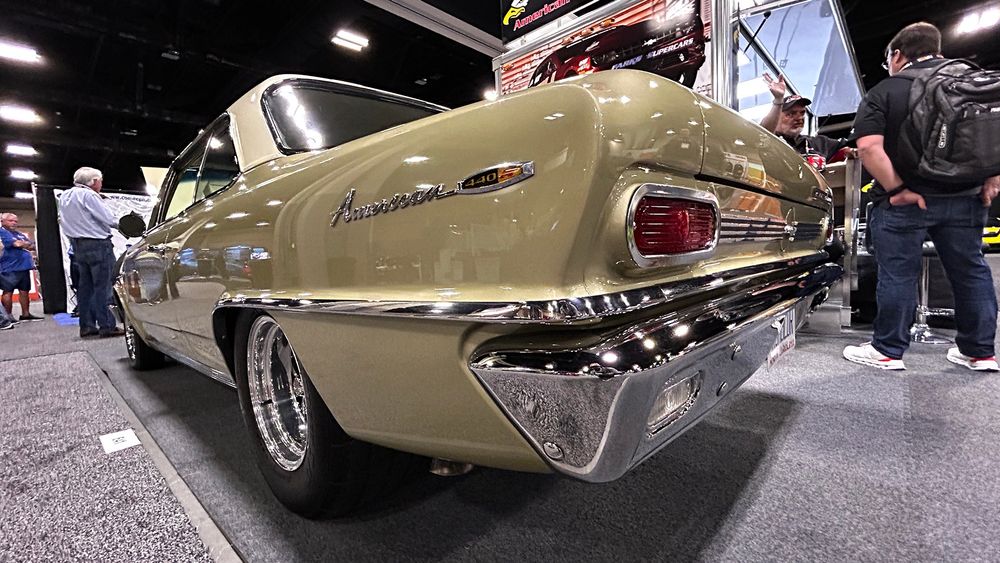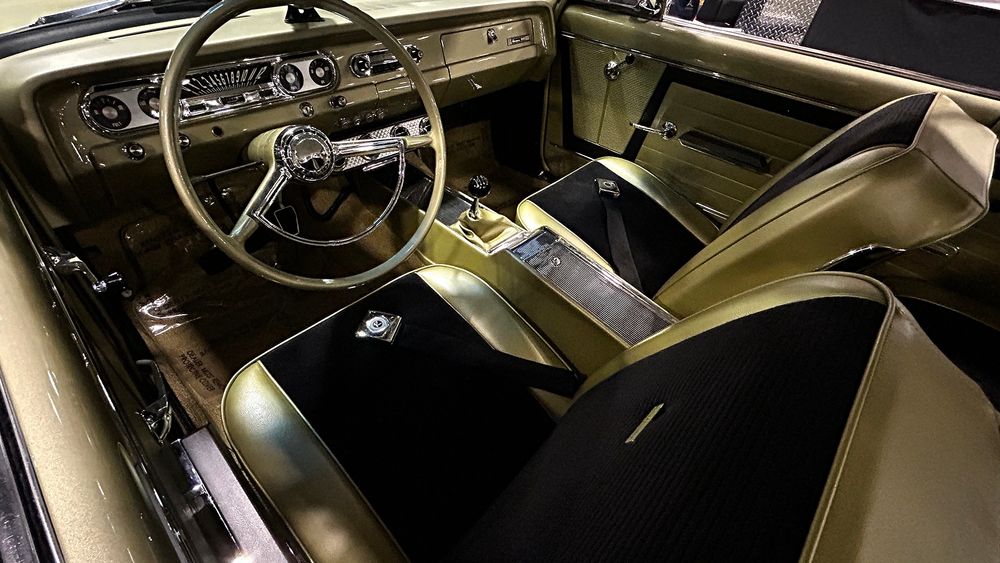Horsepower Heaven: A Gallery of Hot Rods on Display at HPX 2025 in Charlotte
The inaugural High-Performance Expo was highlighted by an impressive variety of high-powered street cars and race cars.
Modified, customized cars and trucks are synonymous with automotive aftermarket. And as industry trade shows go, SEMA in Las Vegas and PRI at the Indianapolis Convention Center are the two “majors” (for nearly a century).
AI Quick Summary
HPX 2025 debuted in Charlotte with custom cars like Sage Thomas’ Chevy Impala and Daren Poole-Adams' Toyota GR Supra. Highlights included a Richard Petty–autographed Dodge Charger and Nick Filippides’ AMC Rambler. The event showcased innovation in high-performance vehicles.
This summary was generated by AI using content from this MotorTrend article
Read Next
0:00 / 0:00
Every year at either show, you can always count on seeing some of the most wicked hot rods and racing machines ever created, in addition to thousands of cool parts, products, tools, equipment, etc. At its June 2025 debut in Charlotte, North Carolina, the all-new High-Performance Expo (HPX) showed that it has every intention of following suit.
While modest in overall size, HPX presented an impressive collection of custom rides, parked in exhibitor booths and throughout various areas of the show floor. Sage “Donkmaster” Thomas’ infamous “ZO6,” a mega-horsepower 1971 Chevy Impala, is one of the more notable rides on display, as was “Project Salt,” a 2001 Pontiac Trans Am (and a former GM High Tech project car) built for land speed competition (and the pursuit of 200 mph) by our buddy Justin Cesler.
The King’s Hellcat
A Granite Crystal, Petty’s Garage–built 2023 Dodge Charger SRT Hellcat Widebody Redeye called “Outlawed,” autographed by “The King” Richard Petty, is a Dream Giveaway grand prize that owned the spotlight for the higher-profile rides that were also on display.
Outlawed’s engine bay is designed by American Car Craft. The Charger is powered by a 6.2-liter Hemi V-8 engine (of course) that’s upgraded with a Mopar Direct Connection Stage 2 Performance Kit, featuring a Magnuson supercharger. With the upgrade, the Hemi pumps out 885 horsepower.
Stance comes to the Charger by way of JRI Shocks and a PG lowering kit, with strut-tower braces creating side-to-side rigidity to ensure the big-power sedan handles well.
In the cabin, seats are finished with custom “Richard Petty” Katzkin leather, and a wicked Harman Kardon audio system provides quality sound.
Custom Fikse F-18 wheels and a Lighting Trendz LED setup are the finishing touches on this Petty’s Garage giveaway creation, a modern muscle car that will stand forever as the company’s final custom build.
Prototype NHRA Stocker
The National Hot Rod Association’s Stock Eliminator class is arguably the sanction’s most technically challenging category, as its rules and regulations prohibit modifying or deviating from major OEM components.
For the past 65 years, the class has been composed of domestic passenger cars, muscle cars, and some trucks; for whatever reason, foreign vehicles, while not blatantly prohibited, were not considered by competitors for use in the class. Until now.
HPX 2025 gave us a first look at Daren Poole-Adams' 2026 Toyota GR Supra Stock Eliminator car. It’s actually a ’20, but Daren bills it as a ’26 model. This vehicle, with its BMW 3.0-liter direct-injected, single-turbocharged, overhead-cam B58 I-6 engine; ATI Turbo 400 automatic transmission; and Strange Engineering Ford 9-inch rearend, brings technology to the class that is literally forcing some sections of the NHRA rulebook to be rewritten, and it is opening a huge door to potentially changing the long-standing and—with respect to “Factory Stock Showdown” Ford Mustang Cobra Jets, Chevy COPO Camaros, Dodge Drag Pak Challengers—somewhat stale performance and competition landscape in Stock.
The BMW aspect of this is crazy. The automaker is linked with General Motors, which supplies the transmissions used in Bimmers. Thanks to this partnership, any corporate gearbox is permitted for the unique stocker. Thus, the Turbo 400.
Yes, Daren’s effort is an exercise in “being different,” but it’s also a challenge for NHRA, auto manufacturers, and racers to think outside the box and embrace more concepts like this. We believe it is critical for the sanction’s growth.
As it is for racing at any level, safety is of utmost importance in Daren’s landmark build. Inside the Supra is a full rollcage that’s NHRA certified for 8.50-second e.t.s, despite the car’s exact Stock category not being determined yet.
Additionally, an aluminum Kirkey racing seat is a permitted mod that sits in the predominantly stock-appearing cabin, and the car features countless one-off (for now) fabricated parts and systems that were needed to transform the Supra into an NHRA Stocker.
Daren is fortunate to have technical support for this effort from Toyota USA’s motorsports division, as well as from companies such as Strange Engineering and Weld Wheels, which provided invaluable assistance in the development of manual brakes, front suspension and steering components, and 15-inch racing wheels.
The back-half conversion, from IRS to “stock-style” four-link (with upper/lower control arms) was one of the car’s most critical points of concern and detail during the car’s development, as a lot of back-and-forth conferring was necessary for it to gain the NHRA Tech Department’s blessing.
If successful, and from all appearances right now it should be, the Poole-Adams 2026 Toyota GR Supra Stock Eliminator car will prove to be a positive addition—and a template for the creation of more highly technical, non-domestic race cars for the NHRA Sportsman categories.
One Cool Sleeper
Perfectly positioned at the American Racing Headers booth along the HPX Show’s main corridor, Nick Filippides’ beautiful Jade and Cream 1964 American Motors Corporation Rambler American (the higher-trim 440H model) is a very unconventional hot rod.
The car was built by Eddie G’s Muscle Car Garage in Holbrook, New York, and was selected simply because it’s different. Way different. “AMC actually does have a history in racing, and we wanted to take the 401 (cubic-inch V-8), a good, reliable engine that could take a beating and a half and drop it into this body,” Nick said.
This Rambler’s powerplant is actually stroked to 455 inches with the best of everything inside and topped with an attention-grabbing Edelbrock cross-ram intake manifold that’s cleverly modified for Holley EFI (injector rails are under the manifold) by Marty Zimmerman.
A Tremec T-56 six-speed manual gearbox is connected to the powerplant because “a stick-shift transmission is more period-correct to me,” Nick said. The AMC M20 rear end houses Mark Williams axles and 4.10 gears, “So with the overdrive, it’s fun.”
Nick’s Rambler actually served as a template for several aftermarket companies’ development of parts that are now offered for the platform, including its ARH long-tube headers, of course.
The Control Freaks front end radically changes the way the car drives and handles, and CalTracs single-leaf rear springs (with Viking shocks all around) help create a perfect stance for this cool street ride.
Inside, the car’s stock seating and center console are rejuvenated with exterior-matching material and chrome bits that are specific to the 440H cars. A 1968 Javelin AMX hood scoop really is the only hint that this grocery getter might be more potent than one would expect.
I'm definitely a long time car guy. My love of "all-thingsautomotive" dates back to the early 1960s, shortly after I said the word, "car" for the first time. I feel fortunate that I was able to grow up in the Muscle Car era of the late '60s and early '70s. I immersed myself in reading magazines, and learned everything I could about high-performance from that period, and knew that one day I would work in the performance industry in some way, shape or form. Since graduating from the University of Pittsburgh (with a Bachelors degree in Communications) in 1985, my professional career has included work in network radio and television, Internet/online media, Ford Service, BMW Service, Internet/online automotive data, and my current job; Senior Technical Editor of 5.0 Mustang & Super Fords magazine. The constant in my long career has been "cars;" specifically, 1986-to-present, V-8-powered, Ford Mustangs. I have learned a lot about late-model Mustangs (and I'm still learning), and the position I now hold allows me to share the knowledge I've gained with like-minded Mustang enthusiasts all over the world. Owning, building, modifying and writing about late-model Mustangs has become a true passion for me. A great stop, on a very wild life ride.
Read More
